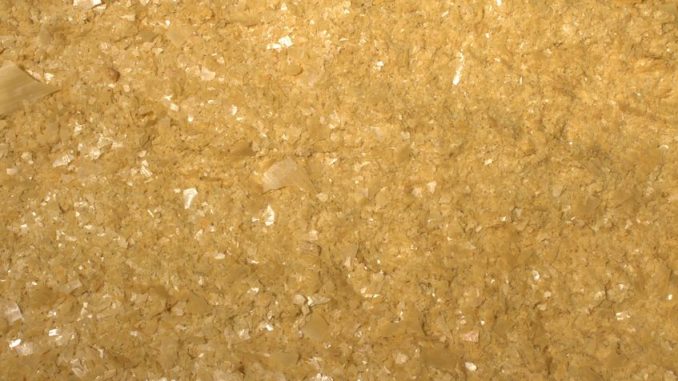
Carnauba Wax is a widely used glazing agent and polish in a variety of applications from food, through to cosmetics and as a general polish. The wax is extracted from a palm grown in Brazil. The wax is extremely insoluble which makes it ideal as a polishing agent for rain resistance.
The palm leaves of the plant, Brazilian Mart wax palm, Copernicia cerifera, are the sole source of this wax (EU, 2008).
The wax is also known as Brazil wax or ceara wax.
Regulations
CAS Registry Number 8015-86-9,
EINECS 232-399-0
Uses
Carnauba wax is only authorised in the European Union as a glazing agent (Directive 95/2/CE4; Regulation 2008). It is used to glaze small products of fine bakery wares coated with chocolate, snacks, nuts and coffee beans. The maximum permitted level of use is 200 mg/kg of food. It is a surface treatment for various fruits which helps protect these products from dehydration and loss of quality. In confectionary it may be used up to 500 mg/kg and on chewing gum up to 1200 mg/kg.
Composition
Carnauba wax is a complex mixture of compounds consisting of aliphatic esters (wax esters), α-hydroxyl esters and cinnamic aliphatic diesters. It also contains free acids, free alcohols, hydrocarbons and resins. The average composition of the highest quality carnauba wax has been reported as consisting primarily of 40% (w/w) aliphatic esters, 21% (w/w) diesters of 4-hydroxycinnamic acid, 13% (w/w) esters of ω-hydroxycarboxylic acids and 12% (w/w) free alcohols (Wolfmeier et al., 2005).
References
Wolfmeier, U., Schmidt, H. (2005) Waxes. Available on: http://mrw.interscience.wiley.com.globalproxy.cvt.dk/emrw/9783527306732/ueic/article/a28_103/
Leave a Reply